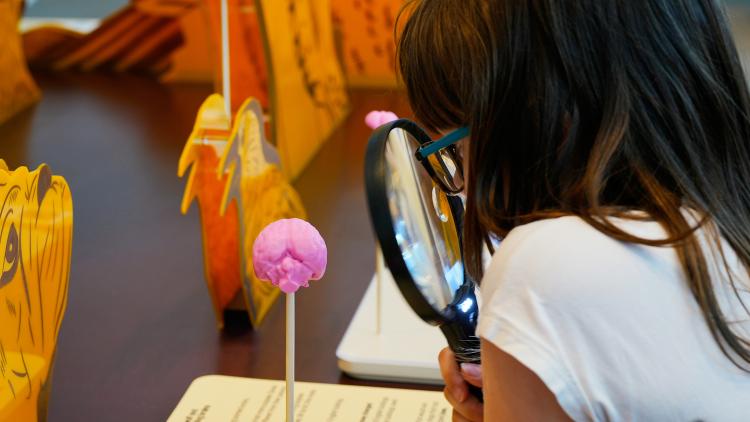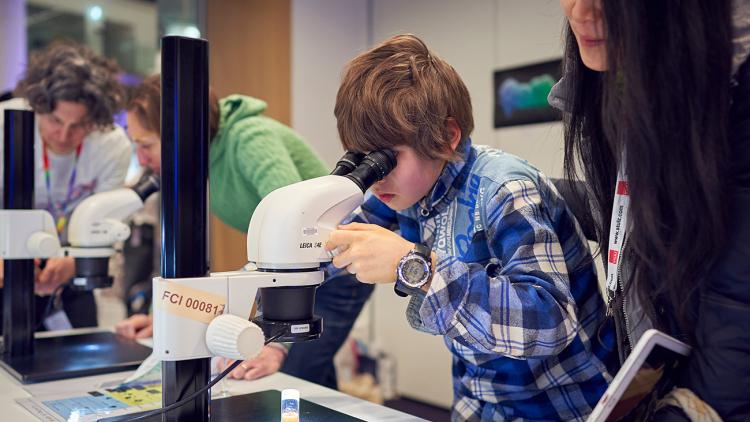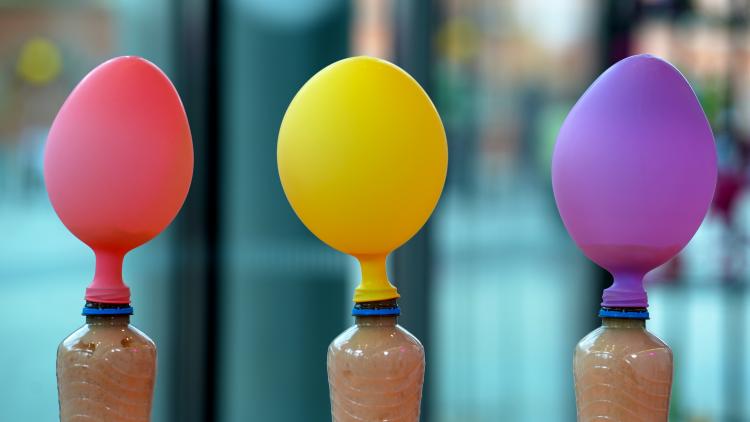What's a 3D printer?
This activity will take 5 minutes, is for ages with no supervision needed.
Sometimes when scientists are dreaming up their experiments, they realise they don't have all of the equipment they need. They might be trying to do something that's never been done before! That's when it's time to get crafty, and build brand new equipment. In the Making Lab at the Crick, a team of technicians and scientists use their skills and creativity to make these new things.
In this video, Steve takes us on a tour behind the scenes of a real life lab and Albane teaches us how different types of 3D printers work.
Something from nothing
3D printers let people make three-dimensional objects in almost any shape they want. 3D printers make it easy for our scientists to build new equipment, tools or whatever else they might need.
It might look a bit like magic, but they work in a simple way. The first thing we need is a 3D design of the object we want. We use a computer to design our idea. We make sure it is exactly the right shape and size.
This design is sent through a piece of software called a slicer. The slicer chops the design up into thin layers. By printing each thin layer on top of each other one by one, we can make our design.
Some 3D printers work by squeezing out a string of melted plastic, which then changes state back into a solid to create the final shape. Other 3D printers work by lighting up different patches in a bath of liquid resin. Any area that is hit by the light becomes solid, while any area that is in the dark stays liquid.
3D printers at the Crick
Some of the most complicated things we 3D print are microfluidics systems. These are tiny dishes with pipes for liquids to go through. The pipes can be tiny – even smaller than a hair. They are so tiny that they can hold really small things such as cells in one place. When we know exactly where the cells are, we can add things to them and see what happens. We use this for testing new medicines. We can add different amounts of the medicine to a cell and see which amount works best.




